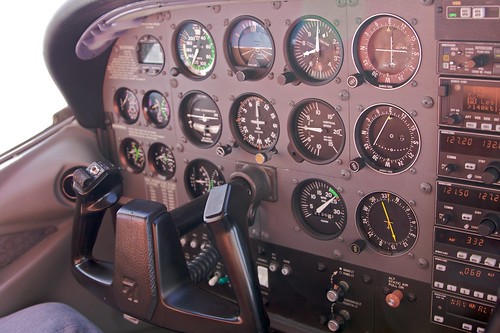When I got into work this morning, as I fumbled with the keys to my office, I noticed I was distinctly dry. Not sweaty at all.
Granted, it’s cooler than it has been. It’s only 81ºF right now. Still it’s a wet morning, and the humidity is 84%.
But the key factor here is not climate but route. Now that I’m no longer taking my daughter to daycare in the morning, I have two potential routes to work. There’s a short way and a long way. The long way is more pleasant. I take it when I can. A little extra exercise won’t kill me.
I fully intended to take the long way this morning. But if I’d taken the long way, in this humidity, I’d definitely have broken a sweat.
Searching my mind, I discovered I had no recollection of coming by that longer route. In fact, the only images bouncing around in my head showed the grit and grime of the short ‘n’ ugly route.
I was perplexed. How could I have gone that way? I distinctly remember setting off to go the other way. I’d gotten my keys out of my pocket, but I was still fumbling in the fog of my mind.
After a minute or so it came back to me: I’d stopped to take a photo of a clogged storm drain. Tropical rains a-coming, y’know. Do you enjoy flood water in your home?
If you think the City of New Orleans is going to clean the catch basin in front of your home please rethink that plan. If you don’t clean the catch basin in front of your home it is you who will suffer the consequences.
But I digress.
After taking the photo, I was preoccupied with thoughts of tropical storm warnings and photography and street flooding and who knows what else. I was at the intersection of the two routes and headed off the other way.
The next thing I knew I was on campus.
So apparently I can turn off my brain and my body will still find its way to work. My old dorm buddy Andrew Pelloso describes this as “reverse-zen.”
That’s how it felt, anyhow. Of course, in reality, my brain still gets the credit. My boss, who is a psychologist, tells me I was running on memory. Not declarative memory, which we use for recalling facts and figures, but procedural memory.
When needed, procedural memories are automatically retrieved and utilized for the execution of the integrated procedures involved in both cognitive and motor skills; from tying shoes to flying an airplane to reading.
Riding a bike is another classic example of procedural memory. People often say you never forget how to do that. For my part, I was not only riding a bike, but navigating some fairly complex terrain with virtually no memory of having done so after the fact. Apparently I’ve reached the autonomous phase, the third and final phase of learning a task according to Fitts and Posner’s three stage model of learning. I can now execute this task with a high degree of automaticity.
And here I thought I just had my head stuck up my ass.
Photo credit: Autopilot Engaged by H. Micahel Miley, licensed under Creative Commons
Discover more from b.rox
Subscribe to get the latest posts sent to your email.

This is how I navigate Atwater, eight years after leaving Bton.
ALL of my mornings are like this. All of them! I wake up, do two hours of autopilot, and suddenly find myself driving to work. You’re doing pretty well.